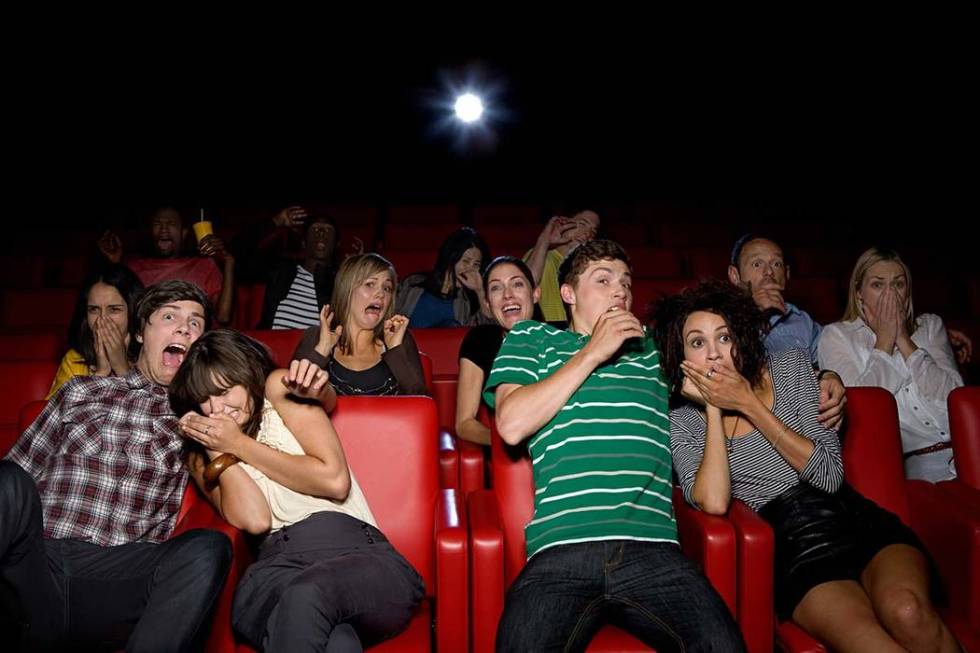Frightful delights: Why do we like being scared?

Chemistry is scary, and we’re not talking about the cold-shiver memories of your high school Chem 101 final still can send up and down your spine.
No, we mean chemistry as in the way your body reacts whenever you experience a good scare, what with adrenaline coursing and blood pumping and your brain trying to process why that thing decided to jump out at you.
And all of that, says Jennifer Basquiat, is why we so dearly love a good scare.
Basquiat should know. She’s not only a lifetime fan of scary movies and aficionado of Halloween haunted houses, but, as an anthropology and communication professor at the College of Southern Nevada, has studied how and why scary things work.
So as you spend the next few days stumbling through your favorite haunted house or subjecting yourself to a scary movie binge-a-thon on TV, take a moment to thank your brain and your body for giving you the safest shivers you’ll ever feel.
Basquiat — whose frightful credentials also include having taught a course called “Zombies, Fear and the Other” — says she always has found scary movies and haunted houses “completely exhilarating. In the back of your mind, you know you’re not in real harm, and that’s the important part: You don’t really feel that you are in danger, but it feels like it’s very real.”
A well-done fake scare will cause the body to react in the same way as it would during an encounter with an actual, real-life scary thing, pumping out adrenaline and causing the body to display physiological effects of fear. But, unlike a truly scary situation, a fake scare also allows the body to move beyond the scare to the sense of exhilaration that follows.
Of course, there are those who figure that, what with all the scary stuff real life offers, there’s no need to seek out optional scares.
“It’s not for everybody,” Basquiat says. “It’s kind of like roller coasters. Some people like them and some people don’t, and if you ask them why, the description is almost identical, but some people find joy and exhilaration and others just find terror in that.”
It’s also worth noting that enjoying a fake scare usually involves “coming from a place of privilege,” Basquiat says, “because if I had a traumatic childhood or violence in my daily life, I certainly will not find joy in that. It would be, I think, triggering, and remind me of awful things.”
A good scare also can be cathartic, allowing us to give our often vague fears and stresses a physical form and then vanquish them. Zombies, for example, can serve as “projections of our social anxiety and what we fear.”
And while some things — zombies, vampires, YouTube influencers — may be almost universally creepy, everybody has his or her own triggers.
“Most of the time I very much enjoy being scared,” Basquiat says. “But there are a few things that are, like, no, no no.”
And? “It’s totally absurd,” Basquiat says. “Cockroaches and clowns.”
Contact reporter John Przybys at jprzybys@reviewjournal.com or 702-383-0280 or follow @JJPrzybys on Twitter.
This story originally was published on Oct. 30, 2015. It has been updated.